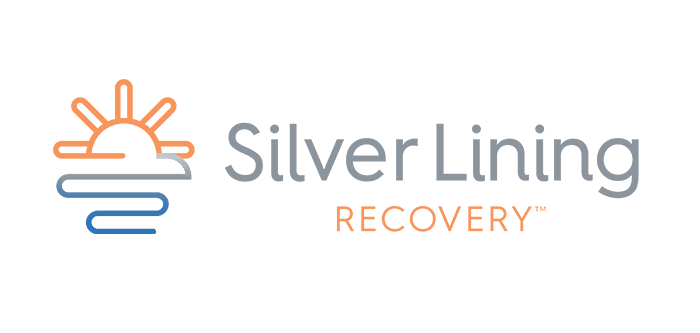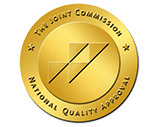Quick Takeaway
Recognizing addiction is painful—but silence keeps it powerful. With understanding and support, recovery is possible. If you suspect your loved one is struggling, reach out to Silver Lining Recovery today for guidance.
When Concern Turns Into a Question
Many families sense something is wrong long before they can name it. A loved one seems distant, defensive, or “not themselves.” It’s easy to hope it’s just stress, a bad week, or exhaustion. But when the changes persist, concern turns into the quiet question: Could they be hiding an addiction?
At Silver Lining Recovery, we see this moment often. It’s filled with love, fear, and uncertainty. Recognizing the signs is the first step toward helping someone you care about find the help they need—without shame or judgment.
Why People Hide Addiction
Addiction thrives in secrecy. People often hide their struggles because they fear losing respect, relationships, or careers. Shame, denial, or stigma can make it feel safer to hide the truth than to face it.
For women, the pressure can be even stronger—especially if they’re caregivers, professionals, or mothers expected to “hold everything together.” Understanding this dynamic helps you respond with empathy rather than anger.
Behavioral Signs of Hidden Addiction
- Withdrawal from Family and Friends – Avoiding gatherings, isolating in their room, or canceling plans may signal emotional distress or substance misuse.
- Unexplained Mood Swings – Irritability, depression, or sudden energy bursts can reflect changes in brain chemistry caused by substances.
- Loss of Interest – A person who once enjoyed cooking, hobbies, or fitness may suddenly lose interest or motivation.
4. Secretive Behavior – Locking doors, hiding their phone, or lying about whereabouts can indicate guilt or avoidance.
Physical and Lifestyle Indicators
- Noticeable weight loss or gain, bloodshot eyes, tremors, or fatigue
- Neglected hygiene or changes in sleep habits
- Financial irregularities, missing items, or sudden debt
- New social circles or frequent disappearances
While no single sign confirms addiction, a cluster of these behaviors often signals that something deeper is going on.
Emotional Red Flags
Addiction often coexists with emotional pain. Signs include:
- Defensiveness when asked about their behavior
- Heightened anxiety or paranoia
- Blame-shifting or gaslighting (“You’re overreacting”)
- Hopelessness or loss of purpose
These emotions are symptoms of suffering, not moral failure. Addiction is a disease that affects the brain’s reward and decision centers, making it difficult to self-correct without help.
Approaching the Conversation with Compassion
Choose a calm moment and use non-confrontational language:
- Use “I” statements (“I’ve noticed you seem tired lately”) instead of accusations.
- Focus on concern, not control.
- Offer to help them research treatment options or attend a consultation together.
Remember, your role is to support—not to diagnose or fix. Compassionate listening often opens the door faster than confrontation.
FAQs
Look for patterns—consistent behavioral and physical changes over time. Professional assessments can provide clarity.
Sometimes. But start by consulting a licensed counselor or addiction specialist who can advise the safest, most effective approach.
Yes—family therapy and gentle persistence can plant the seed for readiness. Many people eventually seek help after loved ones express care, not criticism.
How Silver Lining Recovery Supports Families
At our Orange County center, we offer individualized treatment programs designed to meet people where they are. Families can participate through education sessions, therapy, and communication workshops, helping everyone heal together.
Our approach combines evidence-based therapies with a nurturing, judgment-free environment where honesty becomes the foundation for recovery.











